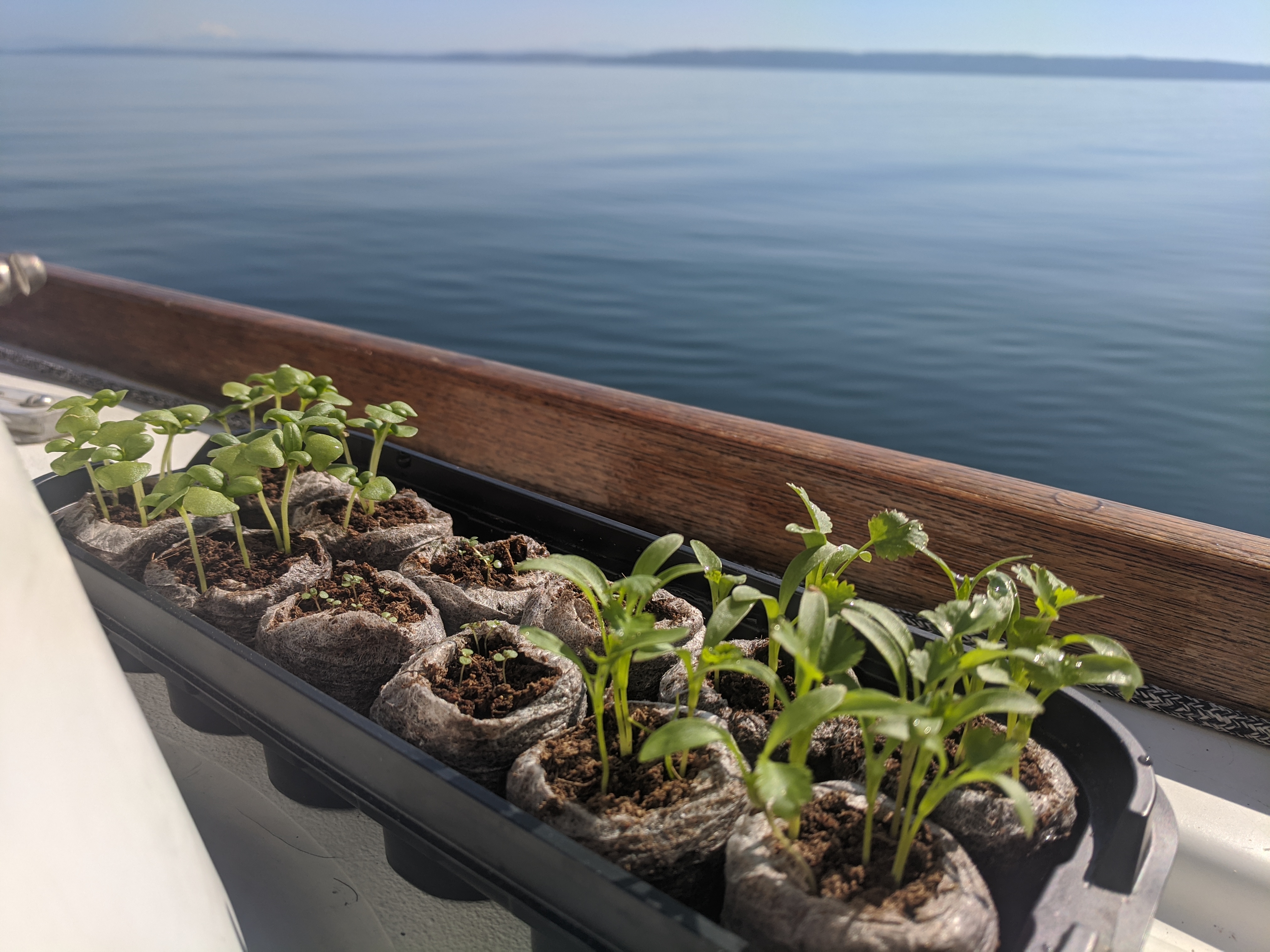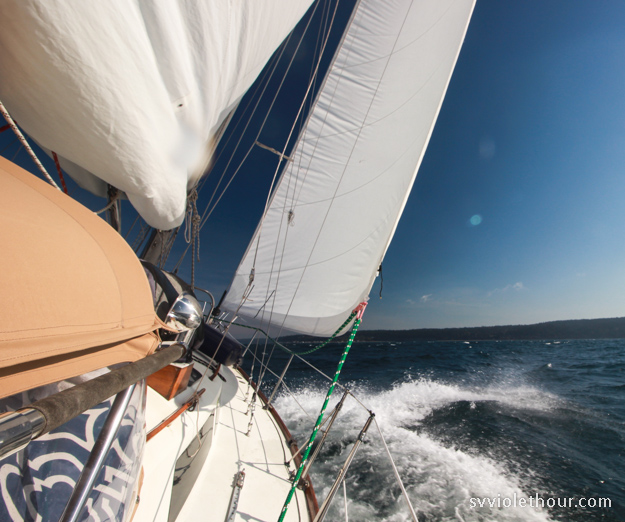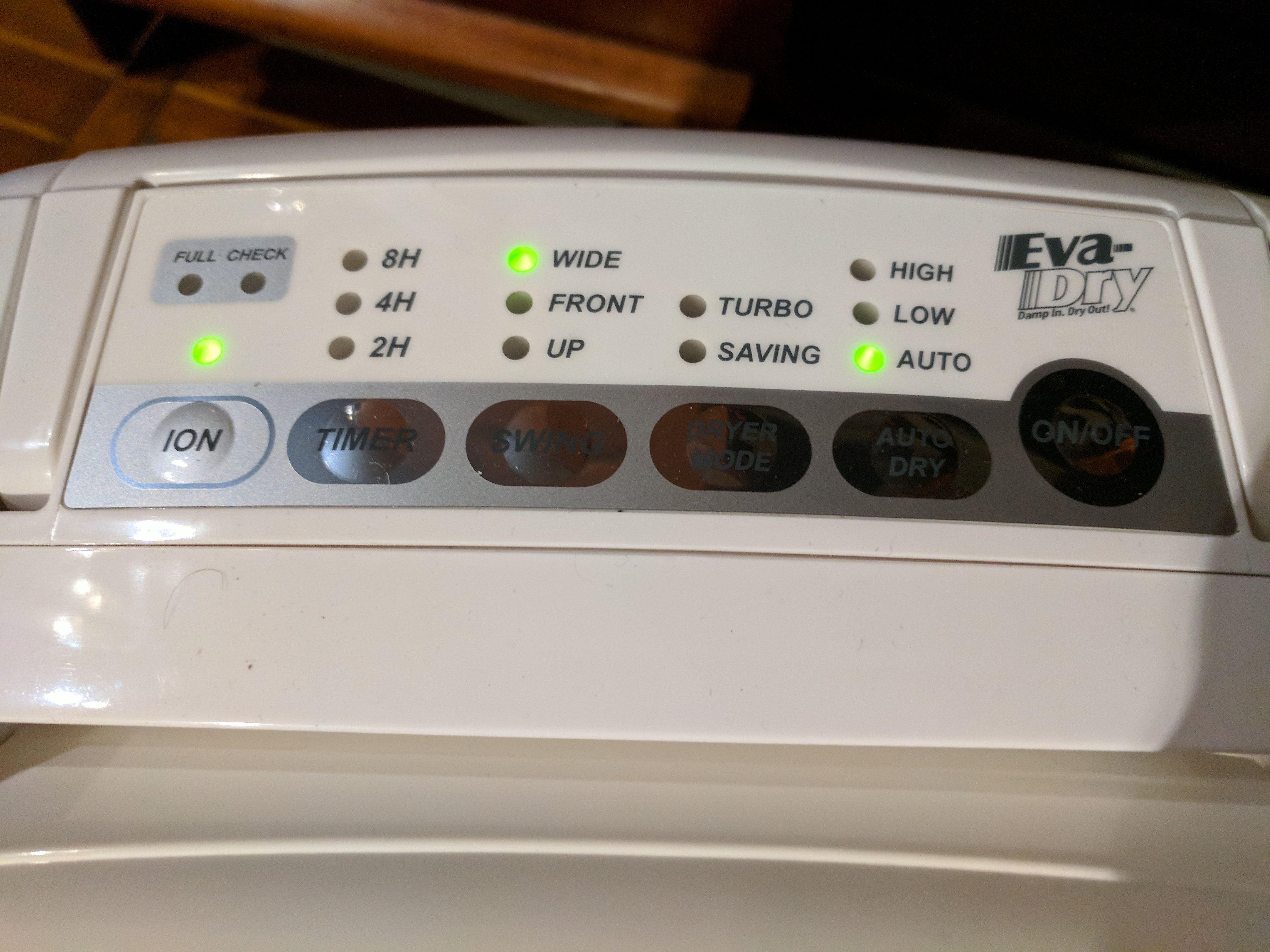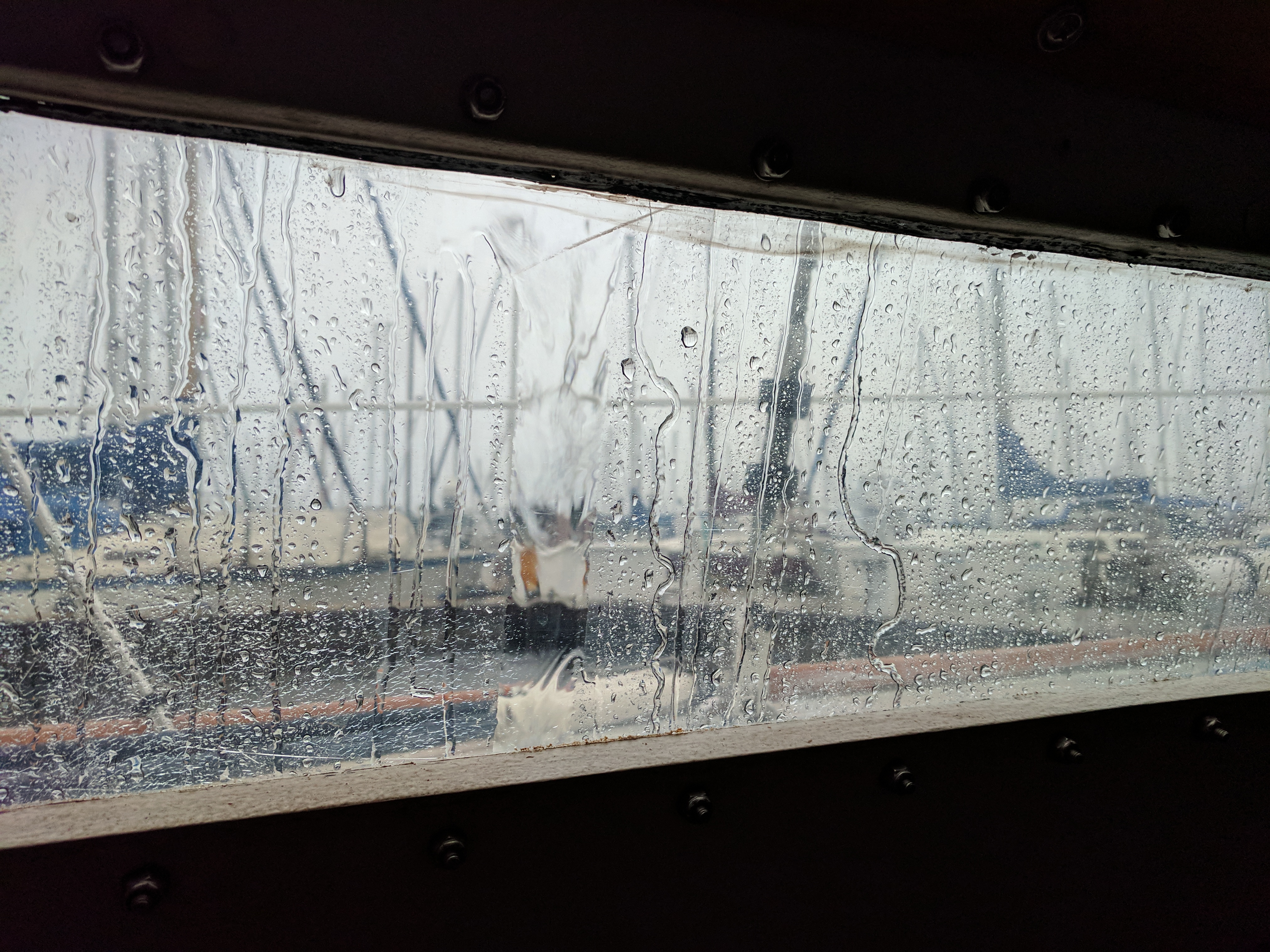One of my favorite things about cruising is the silence. True silence is rarely experienced in normal life – even in a quiet marina or town, there’s always background noise of distant cars, machinery, or appliances. On the water in a wilderness location, we sometimes find silence so deep that your ears strain just to find something. The call of a bird, or the wind in the trees. But in between there’s nothing. The sound of silence.
“The world is full of magic things, patiently waiting for our senses to grow sharper.” ~ WB Yeats
The quiet resets the auditory senses and after cruising for a while we start picking up dozens of subtle sounds we normally wouldn’t notice – specific bird calls, running water from a creek or waterfall, the THUMP THUMP THUMP of a humpback fin slapping miles away, the KER-PLUNK splash of a salmon, the nasally exhalation of a sea lion. Even the sound of a herring ball flashing is something we’ll always recognize now.
One thing non-boaters might find surprising is a sailboat is actually quite noisy at times – wind at anchor can make it sound like you’re in a hurricane, if you don’t do the right things to quiet the noises. On our second boat we applied many of the same noise control techniques we used on our first boat, and also had to invent a few new ones.

Scenery Cove, Thomas Bay AK









